Horus is a QUIDS Research and Development (R&D) application based around the unbelievable phenomenon of Video Analytics (VA).
Horus analyzes video feeds to detect any activity going on. The major purpose of VA is security but new methods are emerging which employ VA in a wide array of solutions. As a video analytics application, it is versatile enough to be employed anywhere you like.
Horus takes after the falcon-headed Egyptian god, whose eye is symbolic of protection and well-being.
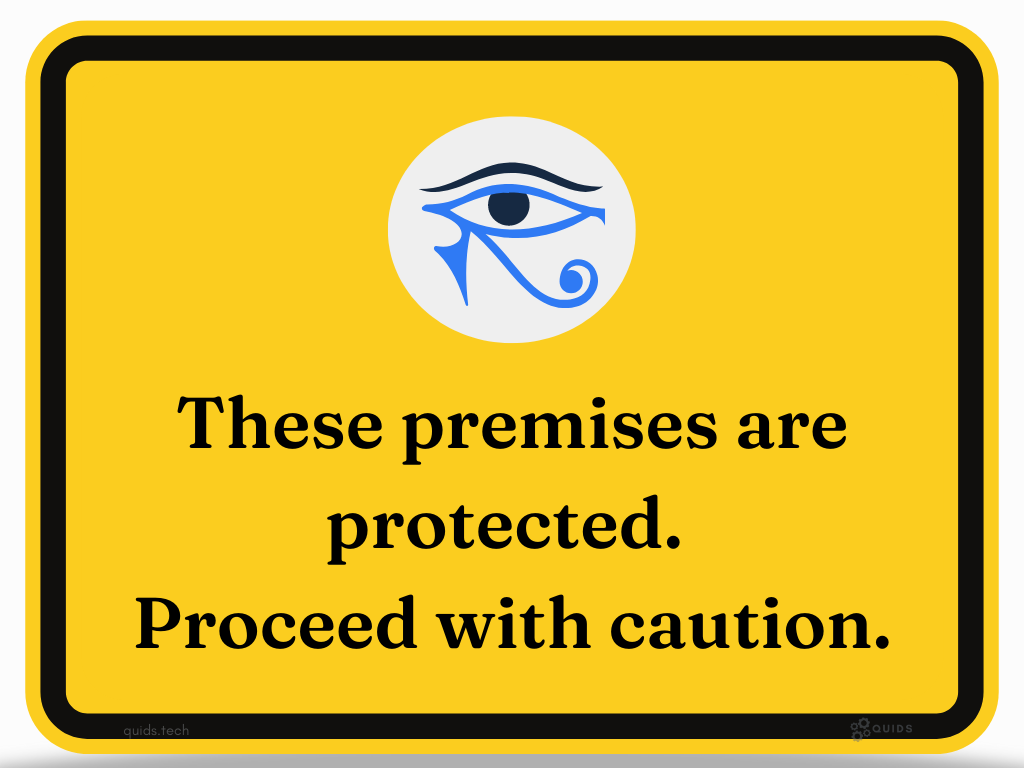
Our aim is to make it a robust, domain adaptive VA application which can render results free of domain biasness. Through a thorough process of brainstorming, innovation and iteration, it will act as a video analyst that caters to your specific needs. It will be able to perform multiple Computer Vision tasks through analyzing video streams.
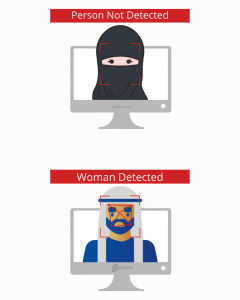
Despite VA being a rapidly progressing field, very few models are domain adaptive towards the demographic landscape of South-Asia and the Middle East. The datasets on which most of the models are trained tend to be domain biased because they are trained on the western population.
When those models are used in Middle Eastern or South Asian localities, the results show varying discrepancies.
For example, most of the population in the Middle East or South Asia is bearded or covers themselves (Hijab or Niqab). This makes it difficult for VA models to provide satisfactory results.
We are iteratively trying to train Horus on geographically specific datasets to enable its models to make accurate predictions.
The possibilities are pretty much endless because we are talking about a system which we can train to analyze any aspect of a video. People counting for business insights? Our algorithms will do that for you. Enhanced security? Well, VA started being employed for security purposes in the first place so we have got you!
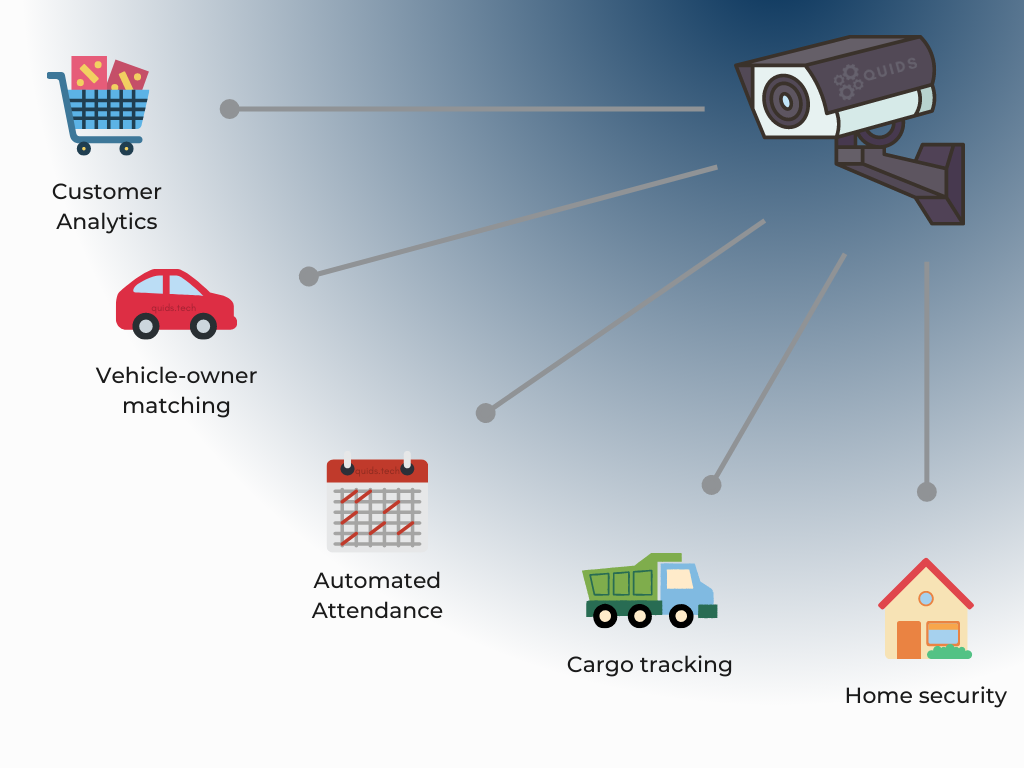
The versatility of Horus enables it to function on any specific purpose, with algorithms customized for the user’s needs. It can achieve various tasks like

This can be used in various applications for various purposes, be it security, biometric authentication or aiding police in locating a missing person or a runaway criminal.
This use case employs VA to detect any suspicious or out of the ordinary activity like loitering, vandalizing or a person leaving a bag unattended in a public area. It can even be employed to analyze the performance of sportsmen in various games.
This, yet again, has multiple purposes as it can track whoever appears in the video frame. It can be used in offices for automated attendance or aiding police in keeping an eye on a suspicious individual. When used in the retail sector, it can give businesses better insights like the times when the highest number of buyers visit etc.
Aiding in security, retail or even medicine, this can detect any specified or an out-of-the-ordinary object in the video stream like pointing out oil spillage in tankers, any gas or water leakage, vehicles in places where they are not allowed, weapons in enclosed spaces or it can even count your cattle for you to help you keep a track of all the animals.
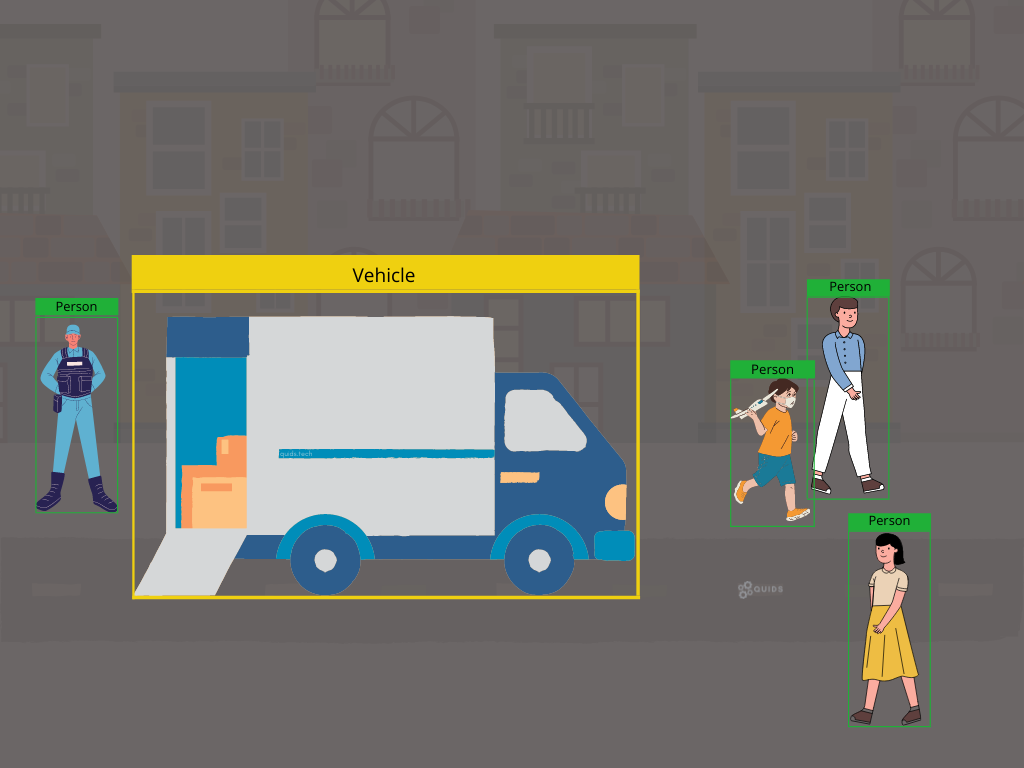
It can help you analyze a high concentration of people or objects to achieve tasks like behavior analysis, density estimation or even crowd management.
This helps analyze temporal events in the video stream, e.g. are all employees present in the workspace when their shifts start? Do they stay behind even after their shift has ended? It can send alerts to the authorities so relevant action can be taken. This is also used in sports to analyze how fast an athlete or a car moves.
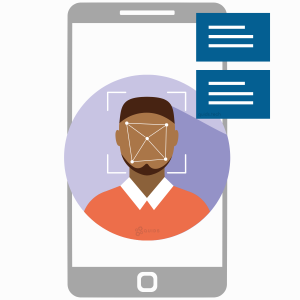
Do you know that currently we have a biometric identification system running in our own workspace? Using video feed from a CCTV camera positioned at the entrance, it works on the core aspect of Facial Recognition.
It creates an event whenever a person appears in the video stream. People are detected through their movement which compels the application to run their faces through its facial recognition algorithm. If the person already exists in the database, their event is created which has their name, picture from the video frame, and the time they entered.
If the system doesn’t recognize a person, it asks us to feed them in the database or just notifies us that an unknown person has entered the vicinity.
All this detection, recognition and storing information happens in real time which means the models have to be quick and efficient in their functionality so that the application remains capable enough to detect and recognize multiple faces at a single time or faces that are half covered with a mask.
